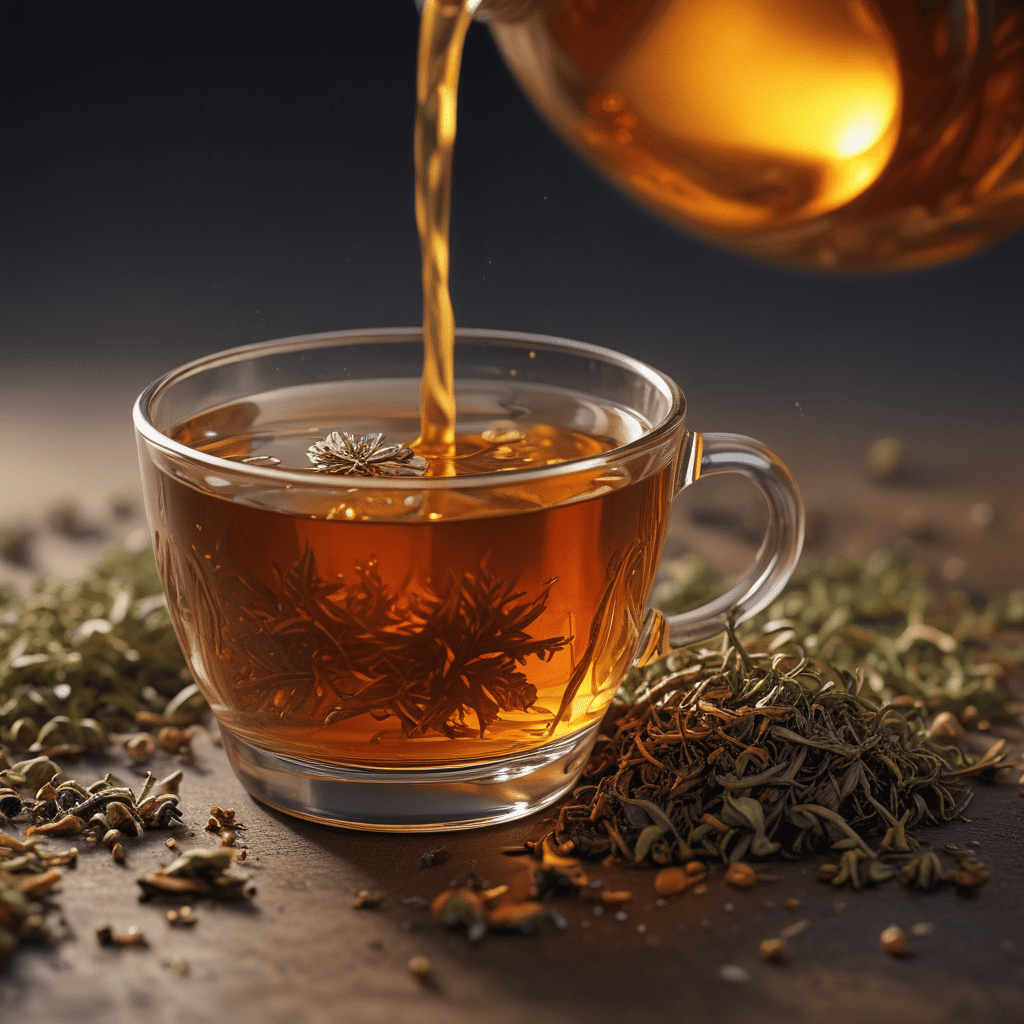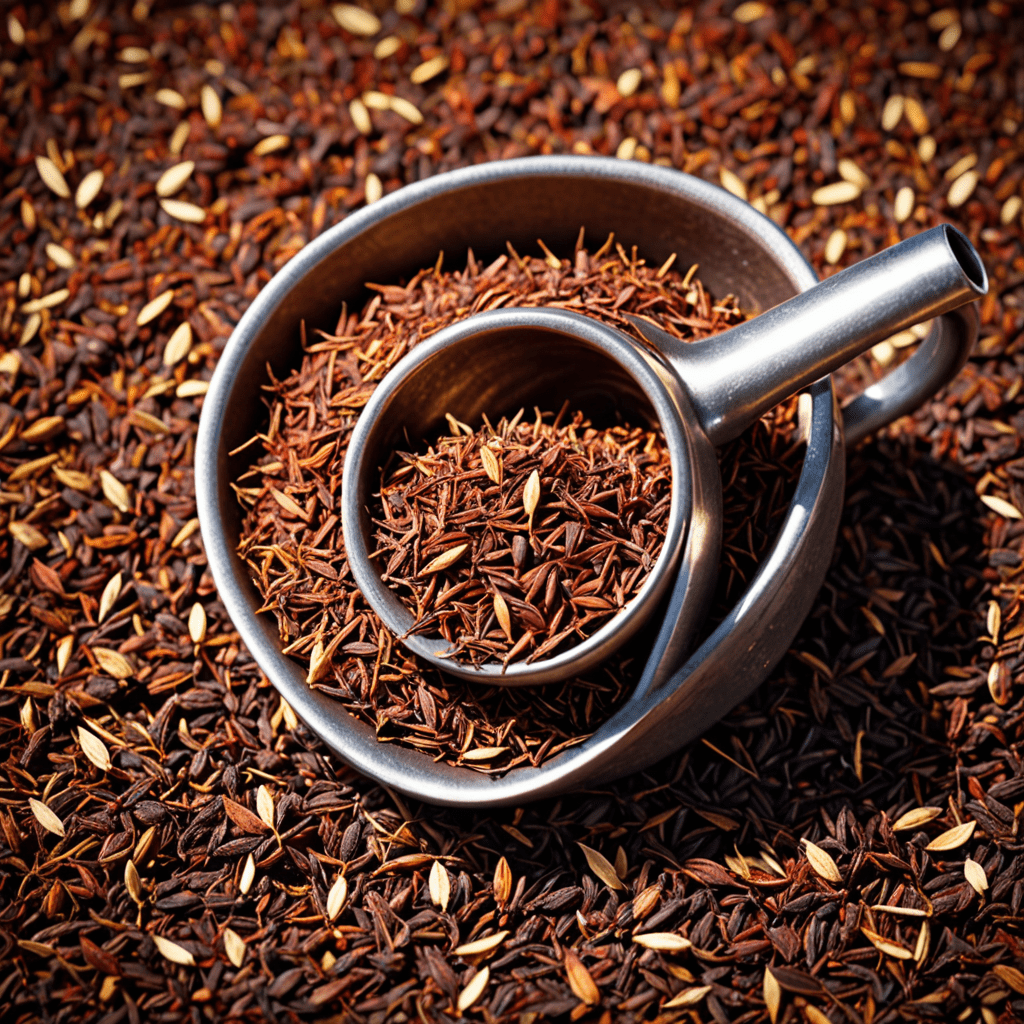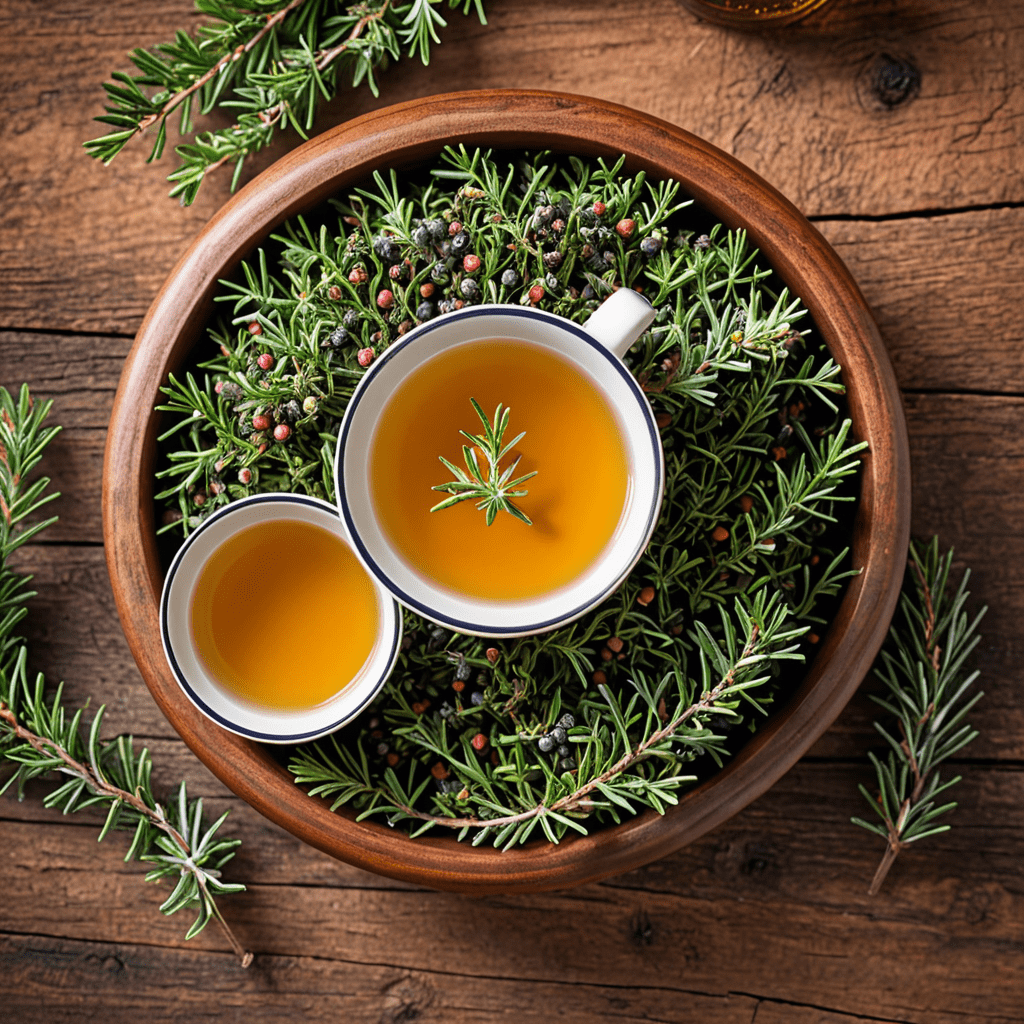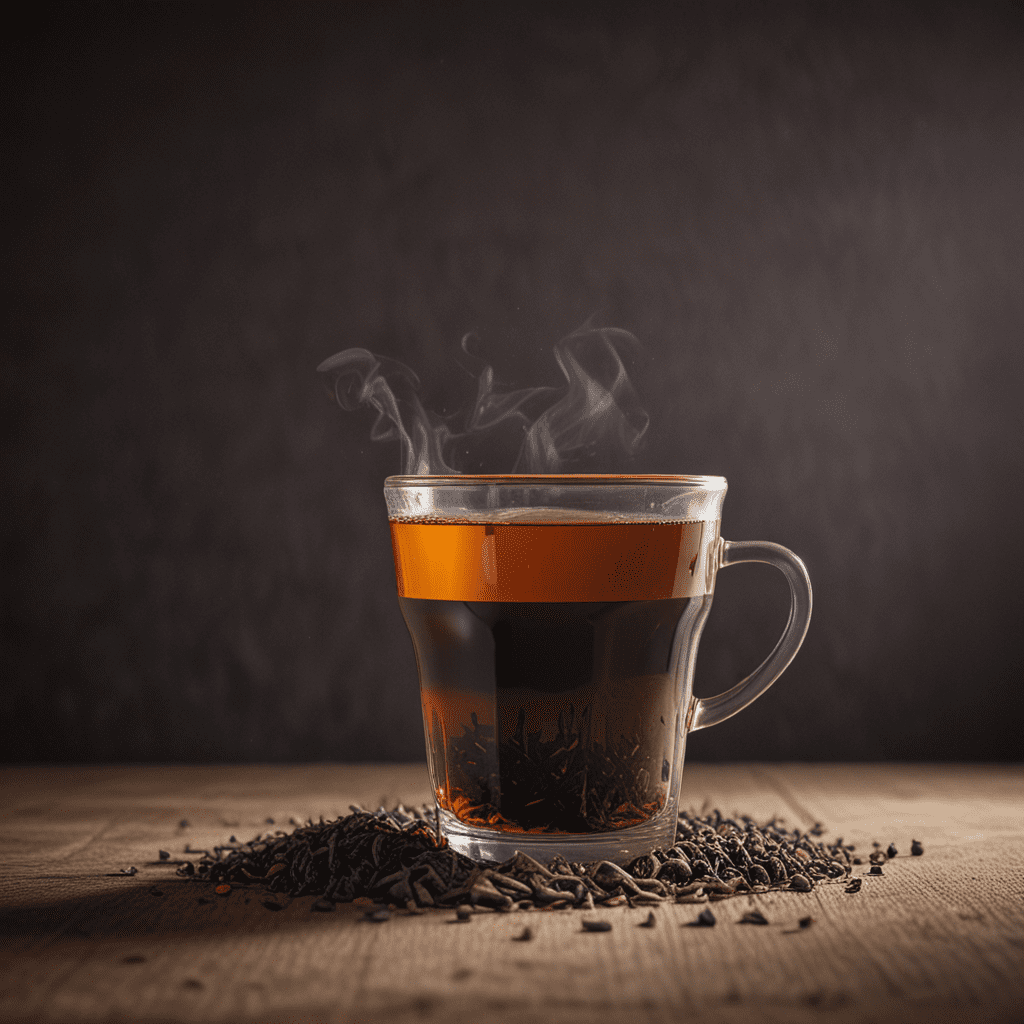
Unveiling the Secrets of Indian Tea Blending Techniques
1. Introduction: A Legacy of Flavor and Tradition
India, the land of vibrant colors, rich culture, and aromatic spices, boasts a long-standing love affair with tea. The journey of Indian tea begins with the meticulous cultivation of tea leaves across diverse landscapes, from the misty slopes of Darjeeling to the lush plains of Assam. But the real magic unfolds in the art of tea blending, a time-honored tradition that has shaped the global tea landscape.
Tea blending in India is more than just combining different types of tea leaves; it's an intricate dance of aromas, flavors, and textures. It's a legacy passed down through generations, where master blenders with discerning palates and years of experience orchestrate a symphony of flavors in every cup.
The impact of Indian tea blending extends far beyond the borders of the country. Renowned for their quality and unique character, Indian tea blends have captivated tea lovers worldwide. From the robust Assam blends to the delicate Darjeeling varieties, each cup whispers tales of tradition, expertise, and the inherent love for tea that defines India.
2. Traditional Blending Techniques: A Legacy of Expertise
The art of Indian tea blending is deeply rooted in tradition. Ancient methods, passed down through generations, form the cornerstone of this age-old practice. Master blenders, with their keen senses and years of accumulated knowledge, play the role of conductors in this symphony of flavors.
These maestros meticulously select tea leaves from different regions and grades, each with its own unique character. They understand the subtle nuances of each variety, from the briskness of Darjeeling to the malty richness of Assam. Their expertise lies in identifying the perfect balance between these diverse elements, creating blends that are both harmonious and captivating.
3. The Art of Tea Tasting: A Sensory Journey
The journey of crafting the perfect tea blend begins with a meticulous sensory evaluation known as tea tasting. This intricate process involves skilled professionals who assess the aroma, flavor, and color of each tea sample. Their trained palates can discern the slightest variations, ensuring that only the highest quality leaves find their way into the blend.
Becoming a skilled tea taster requires rigorous training and years of experience. They develop an encyclopedic knowledge of tea varieties, their origins, and the nuances of their flavor profiles. Their discerning palates become the gatekeepers of quality, ensuring that every cup of Indian tea lives up to its reputation for excellence.
The insights gleaned from tea tasting play a crucial role in the blending process. The tasters' feedback guides the master blenders in selecting the ideal ratios and combinations, ensuring that the final blend delivers a balanced and harmonious experience for the tea lover.
6. The Role of Spices and Herbs: A Touch of Magic
The addition of spices and herbs is a defining characteristic of Indian tea blends, adding a unique layer of complexity and depth to the flavor profile. Traditional Indian spices like cardamom, ginger, cloves, and cinnamon have been used in tea blends for centuries, each contributing its own distinctive aroma, flavor, and potential health benefits.
Master blenders carefully select and balance these spices, infusing the tea with warmth, complexity, and a touch of magic. The art lies in achieving harmony between the delicate nuances of tea and the bold flavors of spices, creating a symphony of taste that tantalizes the senses.
7. The Influence of Regional Variations: A Journey of Diverse Flavors
India's vast and diverse geography plays a significant role in shaping its tea culture and blending practices. From the rolling hills of Darjeeling to the lush plains of Assam, each region boasts unique tea varieties and blending traditions.
Darjeeling, known for its delicate muscatel flavor, produces blends that are light, aromatic, and perfect for afternoon tea. Assam, on the other hand, is renowned for its full-bodied, malty teas, often blended with milk and sugar for a robust and satisfying brew.
Exploring the diverse regional variations in Indian tea blends is a journey of discovery, where each cup unveils a new chapter in the country's rich tea heritage.
8. The Future of Indian Tea Blending: Innovation and Sustainability
The future of Indian tea blending is brimming with innovation and a renewed focus on sustainability. Master blenders are continuously experimenting with new techniques and flavor combinations, pushing the boundaries of tea artistry.
Ethical sourcing practices and environmental consciousness are becoming increasingly important, ensuring that the legacy of Indian tea continues to flourish for generations to come. Technology is also playing a role, with advancements in tea processing and blending techniques offering new possibilities for creativity and efficiency.
9. Conclusion: A Legacy of Flavor and Tradition
Indian tea blending is a captivating journey of tradition, expertise, and a deep love for tea. From the meticulous selection of leaves to the artful addition of spices, every step in the process reflects the country's rich heritage and its passion for creating extraordinary tea experiences.
As the world continues to embrace the diverse flavors of Indian tea blends, the legacy of this ancient art form is sure to endure, captivating tea lovers for generations to come.
FAQ: Frequently Asked Questions
Q: What are the most popular Indian tea blends?
A: Some of the most popular Indian tea blends include Darjeeling, Assam, Masala Chai, Nilgiri, and English Breakfast.
Q: What are the health benefits of Indian tea?
A: Indian tea is rich in antioxidants and may offer a range of health benefits, including improved heart health, reduced inflammation, and enhanced cognitive function.
Q: How do I choose the right Indian tea blend for me?
A: Consider your personal preferences for flavor, strength, and aroma. If you prefer a light and floral tea, Darjeeling is a good choice. For a stronger and malty tea, try Assam. Masala Chai is a popular choice for those who enjoy a spicy and aromatic tea.
Q: How do I brew the perfect cup of Indian tea?
A: Use fresh, filtered water and heat it to the appropriate temperature for the type of tea you are brewing. Steep the tea leaves for the recommended time, and enjoy your cup of Indian tea.


